Treatment Of Leather Industry Wastewater By Aerobic Biological And Fenton Oxidation Process
Treatment Of Leather Industry Wastewater By Aerobic Biological And Fenton Oxidation Process
Source: https://www.elsevier.com
Author: Tamal Mandal, Dalia Dasgupta, Subhasis Mandal, Siddhartha Datta
Degradation of leather industry wastewater by sole aerobic treatment incorporating Thiobacillus ferroox-idans, Fenton’s reagents, and combined treatment was investigated in this study. The sole treatment by Fenton’s oxidation involving the introduction of 6 g FeSO4 and 266 g H2O2 in a liter of wastewater at pH of 3.5 and 30 ◦C for 30 min at batch conditions reduced COD, BOD5, sulfide, total chromium and color up to 69%, 72%, 88%, 5%, 100% and T. ferrooxidans alone showed maximum reduction to an extent of 77, 80, 85, 52, 89, respectively, in 21 d treatment at pH 2.5, FeSO4 16 g/L and temperature of 30 ◦C.
Only logged in customers who have purchased this product may leave a review.



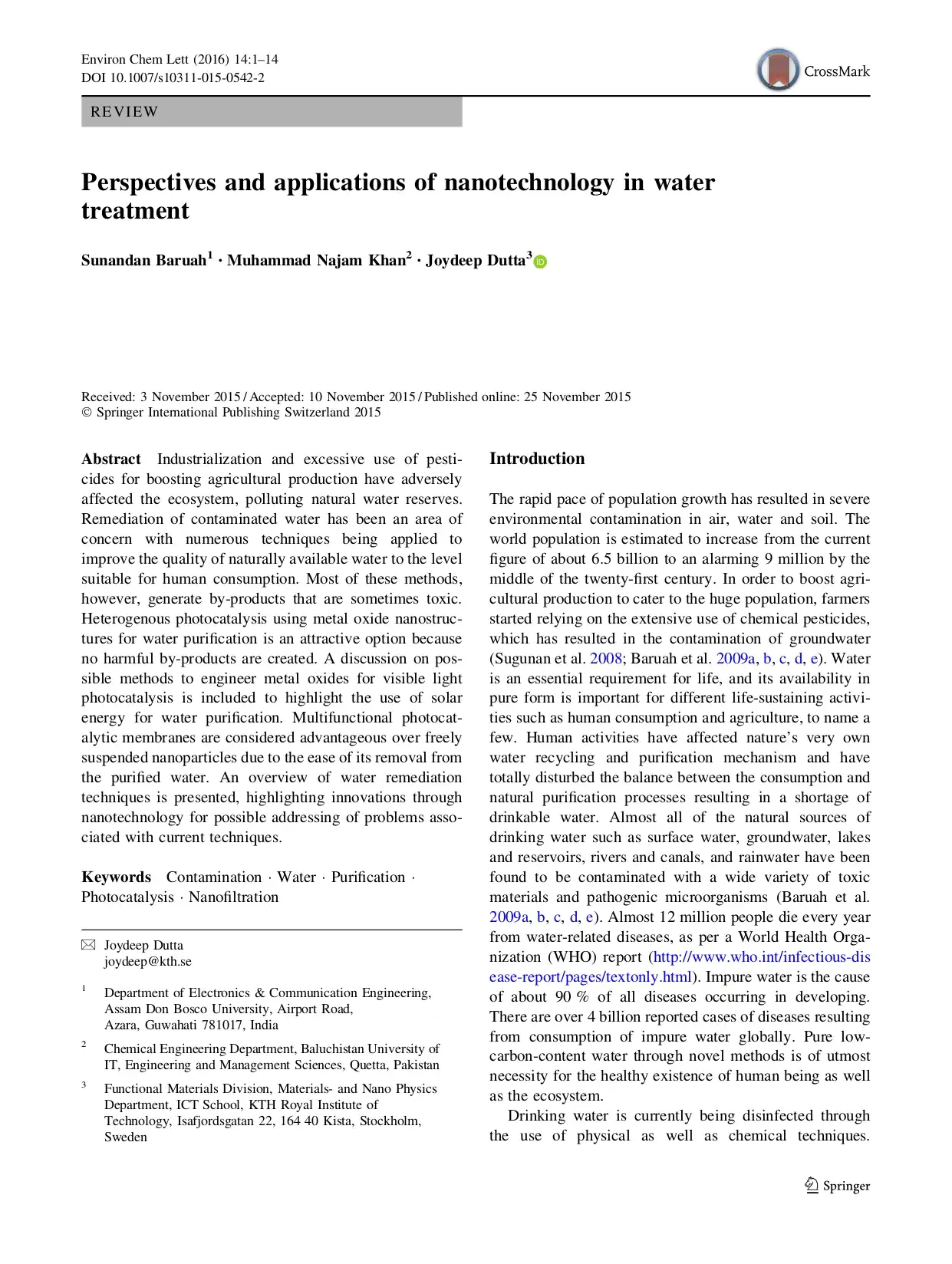
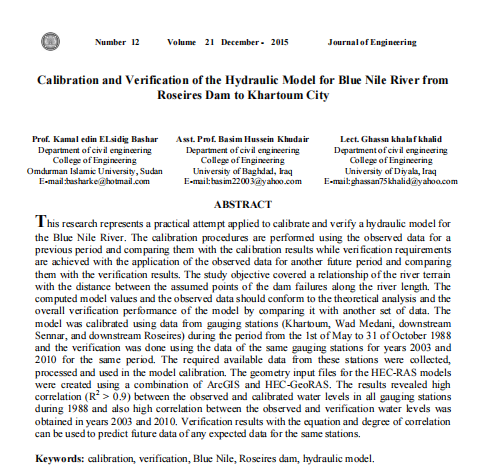
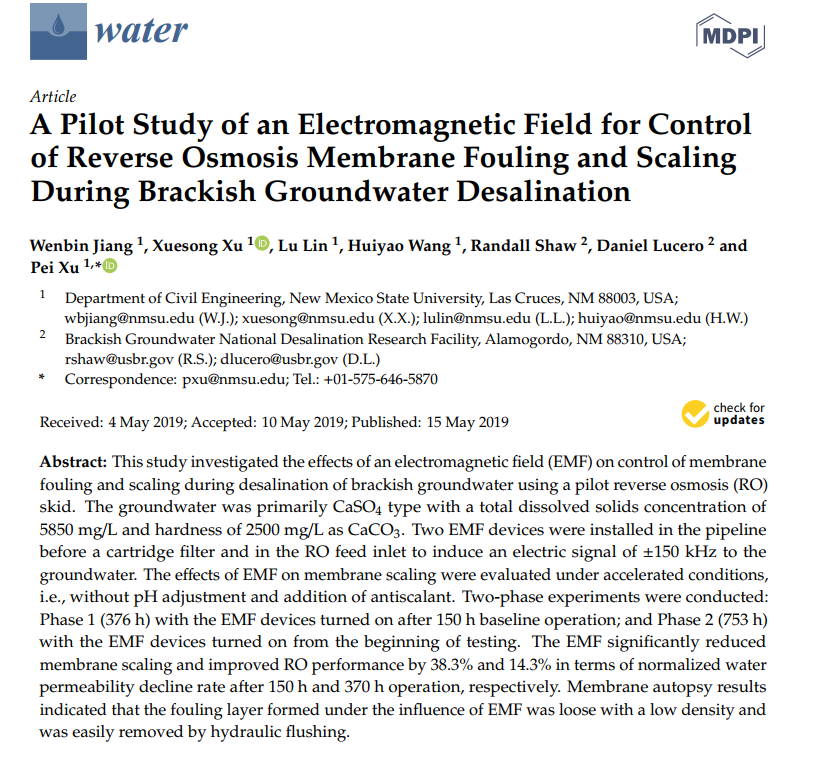
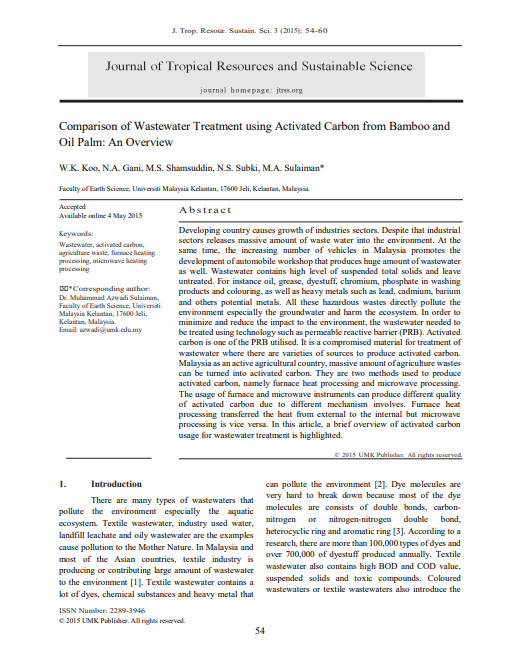

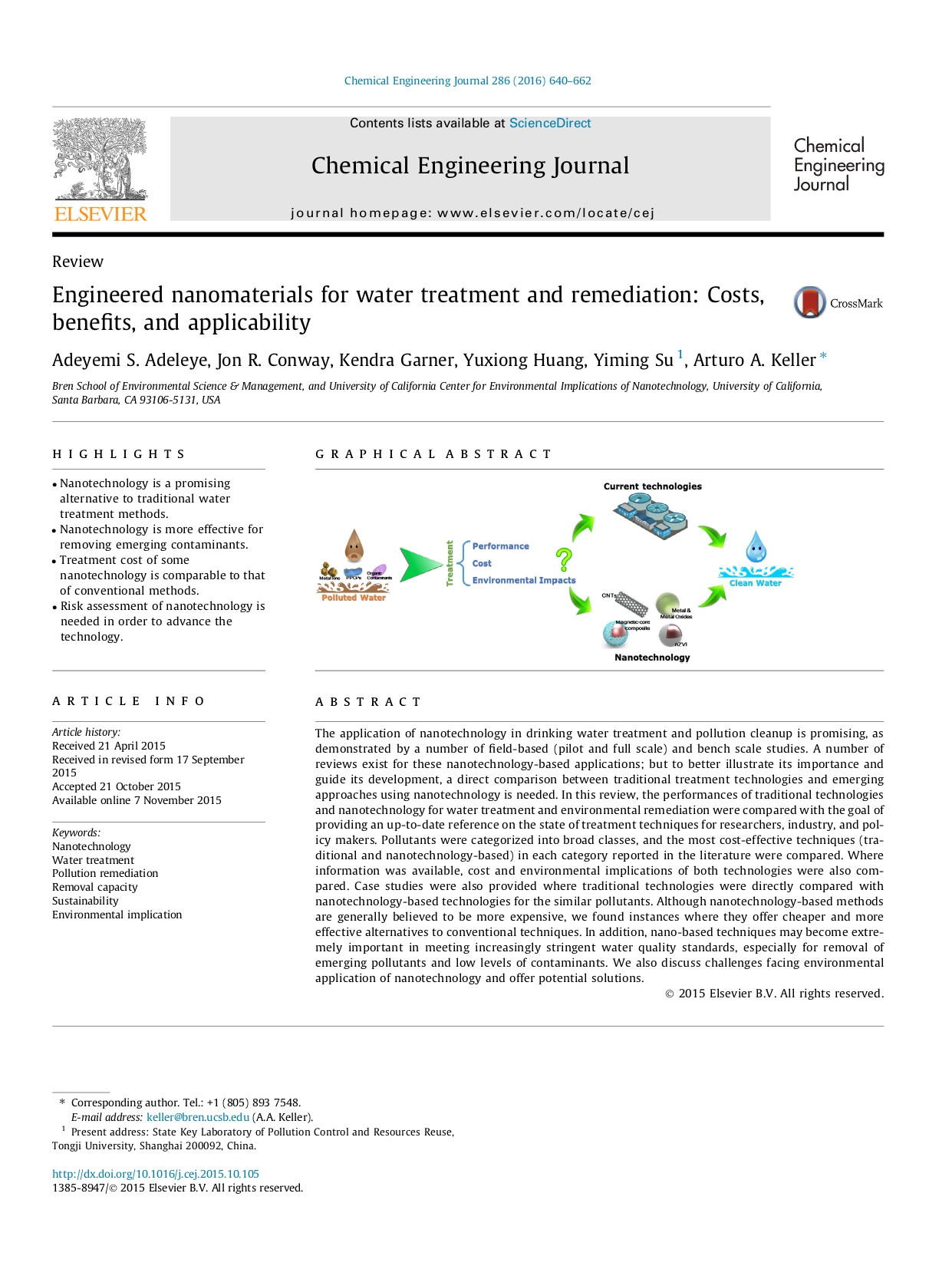
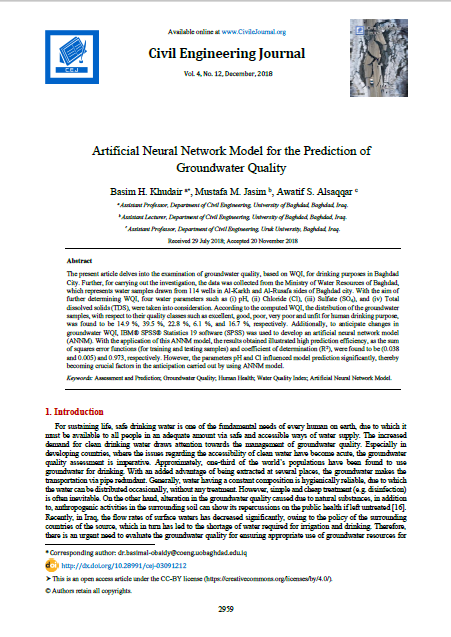
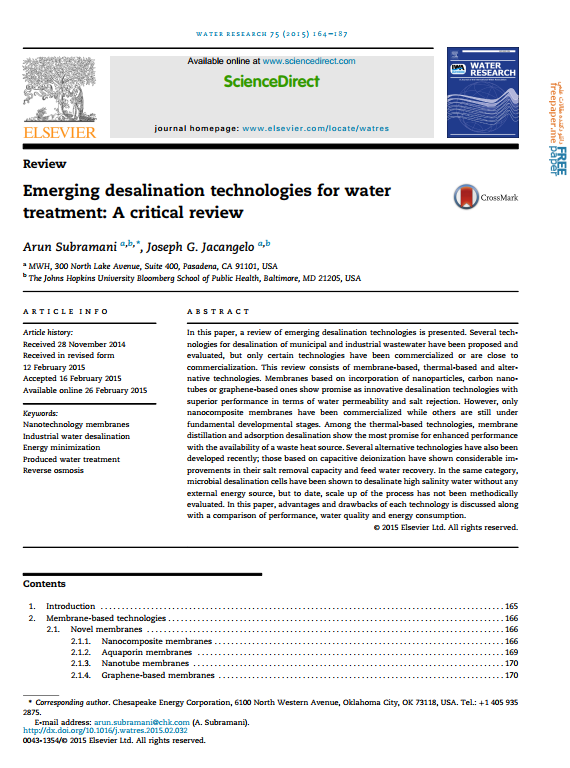
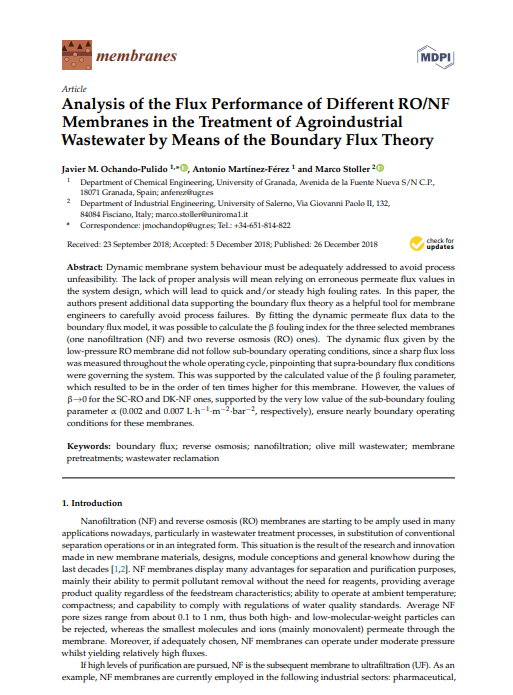
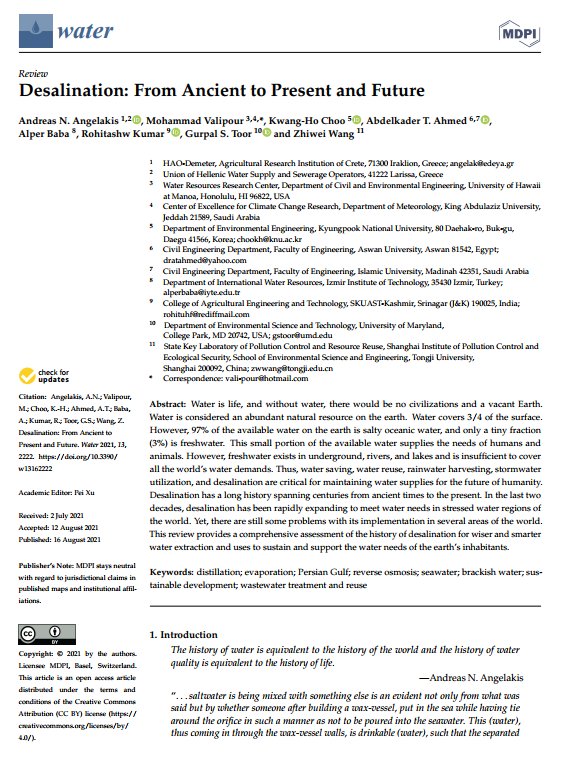
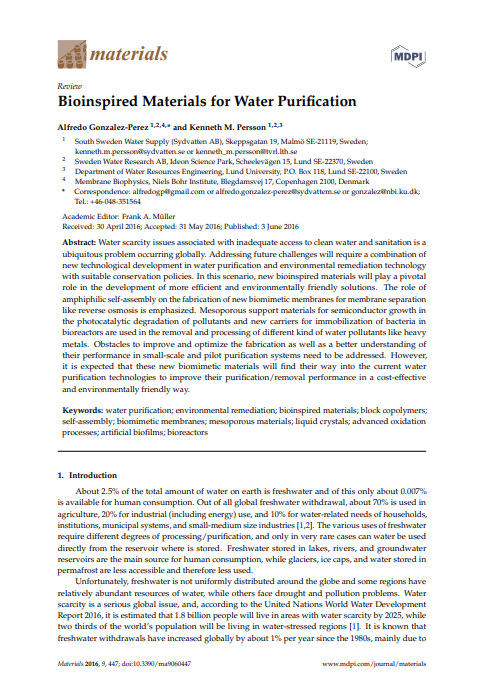
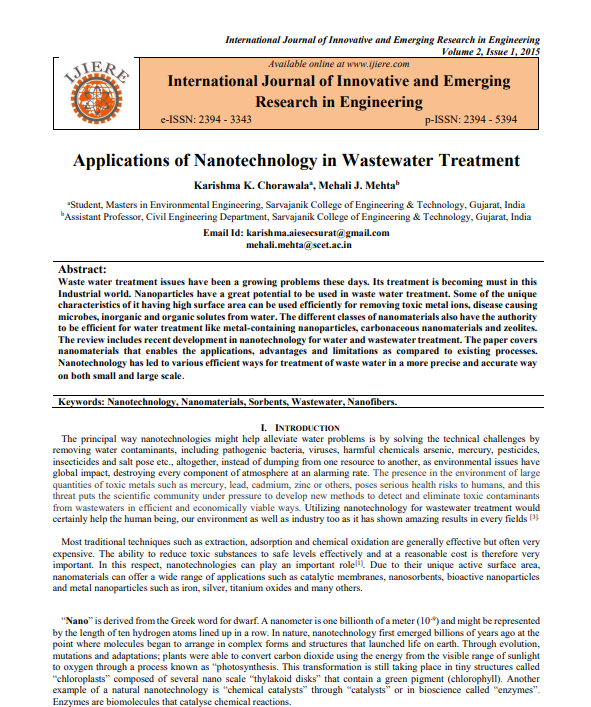
Reviews
There are no reviews yet.